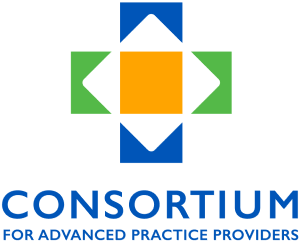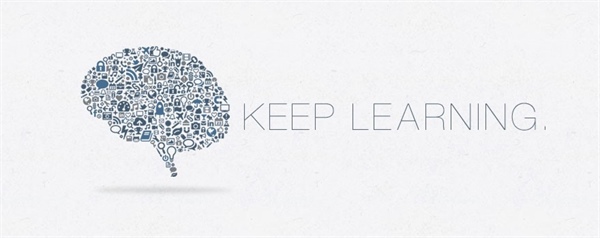We will spend several weeks exploring Standard 2: Curriculum – Program Curriculum and Structure. This week we will focus on the definition and role of curriculum. Next week we will address how to design an effective curriculum. After that we will explore how to crosswalk programmatic curriculum with the Standards.
I love this quote from Mahatma Gandhi: “Live as if you were to die tomorrow. Learn as if you were to live forever.” NP postgraduate training programs are the ‘capstone’ experiential learning process that foster higher levels of clinical competence and confidence that are consistent with a high performance model of clinical excellence in complex care environments. Upon completion of the postgraduate training program, the fully credentialed NP is launched into a lifetime of professional accomplishment. The curriculum provides the framework for delivering a capstone postgraduate training experience. Recently I’ve had several wide-ranging conversations with program directors on curriculum. The questions have covered the gamut. What is a curriculum? What does it look like? Does it need to be written down? Does it need to be a formal document? How is it developed?
The curriculum translates the Standards into action through competencies and objectives – When the curriculum is based on the Standards, it literally and figuratively guides the program on a path to excellence. The curriculum is the program’s map, laying out the journey step by step. The curriculum should be designed to provide mission-relevant experiential learning so that the ‘learner’ acquires knowledge, attitudes and skills, through various methods and media such as didactics and experiential learning that includes hands-on practice and performance-based instruction. The curriculum is divided into competencies or domains that describe global, higher-level, workforce relevant accomplishments that are demonstrated upon completion of the program. Competencies provide benchmarks that are operationalized into objectives. The components of the competencies are defined by objectives that measure specific knowledge, attitudes, and skills. The objectives are important and relevant examples of what we want the learners to know or do.
Finally, the curriculum should include assessment and evaluation. There is on-going (formative) assessment of the learner and evaluation of the program to assure that the learner and the program are moving in the desired direction. There is a final (summative) assessment and evaluation to make sure that the learner accomplished the expected achievements and the that program delivered the expected learning environment.
The curriculum – big ideas and essential questions – In the 2005 revision of their classic 1998 text on curriculum design, “Understanding by Design”, Wiggins and McTighe summarized the value of a curriculum in the following way. Curriculum shares a common philosophy of learning that emphasizes learner understanding and application, not just knowledge or recall. A curriculum is anything that directly impacts a learner. Curriculum cues preceptors and mentors into the big ideas and the essential questions of each content area.
Going back to a previous blog – if you know where you want to go, you are more likely to get there. You will know if you are successful by measuring the interim and final outcomes. Training is most effective when it provides learners and instructors with:
· Where they are going: with a clear plan of where they are going (curriculum);
· How, what, where, and when learning will occur: what they will experience during the journey and how it will be delivered (eg: clinic rotations, didactic schedules, methods of delivering experiential learning, preceptors);
· What they are expected to do: identifying global (competencies) and specific (objectives) outcomes that describe the measurable knowledge, attitudes and skills they will be expected to demonstrate upon completion of the program;
· How success is defined: tracking learner and programmatic performance via feedback – achieving benchmarks or ‘road signs’ will inform the ‘traveler’ when they’ve ‘arrived’ (formative and summative assessment).
Standard 2 addresses curriculum, goals and objectives, methods, and materials by stating that the core elements of every curriculum must specifically include: certain methodologies such as clinical experiences, structured experiences, and regularly scheduled didactic sessions, with expected outcomes defined as competencies in systems-based practice, inter-professional leadership, etc. Best practices in adult learning would incorporate methods such as inquiry-based learning, self-reflection, peer learning, flipped classrooms, and mentoring as methods to use in clinical settings, structured experiences and didactic sessions.
Evaluation and assessment are addressed in detail in Standard 3. The assessment and evaluation components of the curriculum are conceptually identical to quality improvement. Assessments of people and evaluations of programs should be on-going (formative) and cumulative (Summative). They need to be linked to the competencies. While curricula guide the immediate delivery of the training program, the assessment and evaluation components guide the future delivery of the program. We will go into all this in more depth in subsequent postings.
For an in-depth article on the history, terminology, and curriculum design process read Coombs and Tierney’s 1993 review of the literature: “Curriculum Definitions and Reference Points”.
Let’s wrap this up with a quote from Albert Einstein: “Any fool can know. The point is to understand.” A curriculum provides the structure that allows a learner to move from knowing to understanding.
Until next time,
Candice


